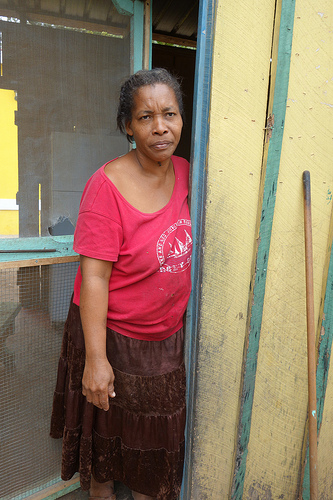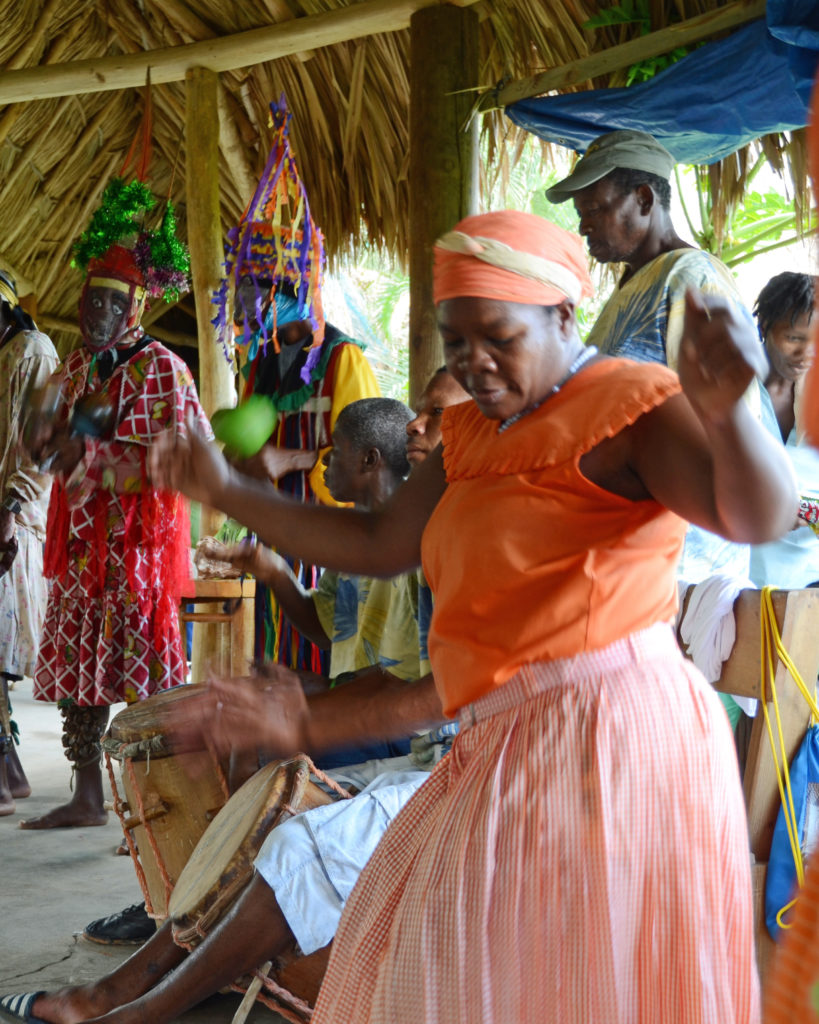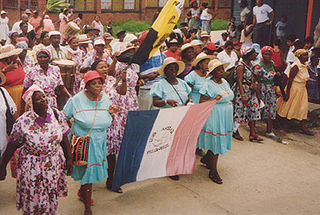Garifuna culture and history throughout St. Vincent and Grenadine Islands

Exploring the vibrant Caribbean and particularly the West Indies unveils a rich tapestry of cultural influences shaped by the Garifuna people, whose imprint is evident in the region’s food, music, dance, and island traditions. The Garifuna, a distinctive ethnic group, are the descendants of a fusion of Carib, African, and Arawak heritage. Their origin can be traced to the intermarriage of indigenous Amerindian inhabitants with Western and Central African slaves who either shipwrecked or escaped colonial slavery on nearby islands, earning the name Black Caribs or Garifuna.
In the historical narrative, the Garifuna emerged as a larger ethnic group compared to the Amerindians or “Yellow Caribs,” leading to conflicts with British colonists in St. Vincent. As a consequence, in the late 18th century, the British forcibly exiled 5,000 Black Garifuna to the island of Roatan, near Honduras, while the Yellow Caribs were permitted to remain. Despite this exile, the Garifuna community, now settled in Central America, maintains a profound connection to the islands of St. Vincent and the Grenadines. Thousands journey from Central America to St. Vincent annually, converging to celebrate and honor their indigenous legacy.

Embarking on a journey through St. Vincent and the picturesque Grenadine islands provides a unique opportunity to delve into lineage, unearth history, and immerse oneself in the captivating Garifuna culture. The Garifuna Heritage Foundation, situated on St. Vincent, plays a crucial role in preserving the Garifuna language and heritage through festivals and educational resources. Travelers eager to delve deeper into Garifuna culture can explore the National Trust Museum in the Carnegie Building in Kingstown, where exhibits shed light on the language, music, dance, food, art, spiritual heritage, and history of the Garifuna people.
For a visual narrative, the old barracks within St. Vincent’s Fort Charlotte, north of Kingstown, proudly displays paintings sharing the stories of the Garifuna people. This cultural heritage is not confined to the islands but resonates globally, with Garifuna language, dance, and music receiving prestigious recognition. In 2001, UNESCO declared Garifuna language, dance, and music as a Masterpiece of the Oral and Intangible Heritage of Humanity.
As we reflect on the significance of cultural preservation and celebrate diversity, it is pertinent to acknowledge the correlation between the Garifuna heritage and Black History Month in the United States. The Garifuna people’s story is a testament to resilience, resistance, and the preservation of identity in the face of historical adversities. Recognizing and honoring the Garifuna heritage contributes to a broader understanding of the African diaspora’s multifaceted history and its enduring impact on global cultures. In this light, the celebration of Black History Month becomes an opportune moment to amplify the voices and stories of the Garifuna people, weaving their narrative into the broader tapestry of African diasporic history.

Book Your Stay on St Vincent and Grenadine Islands
Search, compare and book hotels & rentals at the best prices that are sourced from a variety of platforms including Booking.com, Hotels.com, Expedia, Vrbo, and more. You can move the map to search for accommodations in other areas and also use the filter to find restaurants, purchase tickets for tours and attractions, and locate interesting points of interest!


Tonya Fitzpatrick, Esq. is co-Founder of World Footprints, a social impact travel storytelling content hub she runs with her husband, Ian, that has been recognized as Best Social Impact Travel Media Company by CEO Monthly. She is an award-winning travel and business journalist, global public speaker, and 3-time TEDx speaker. Tonya regularly shares her insights on career transitions, DEIA in travel and the transformative power of travel to audiences all over the world. Recognized as Black Travel Journalists of the Year—an honor she shares with Ian, Tonya contributes her time and leadership to several boards and commissions in the travel community including SATW, The Explorers Club (DC), North American Travel Journalists Association (NATJA) and JourneyWoman. Tonya has been appointed to the Maryland Tourism Development Board by Gov. Wes Moore.